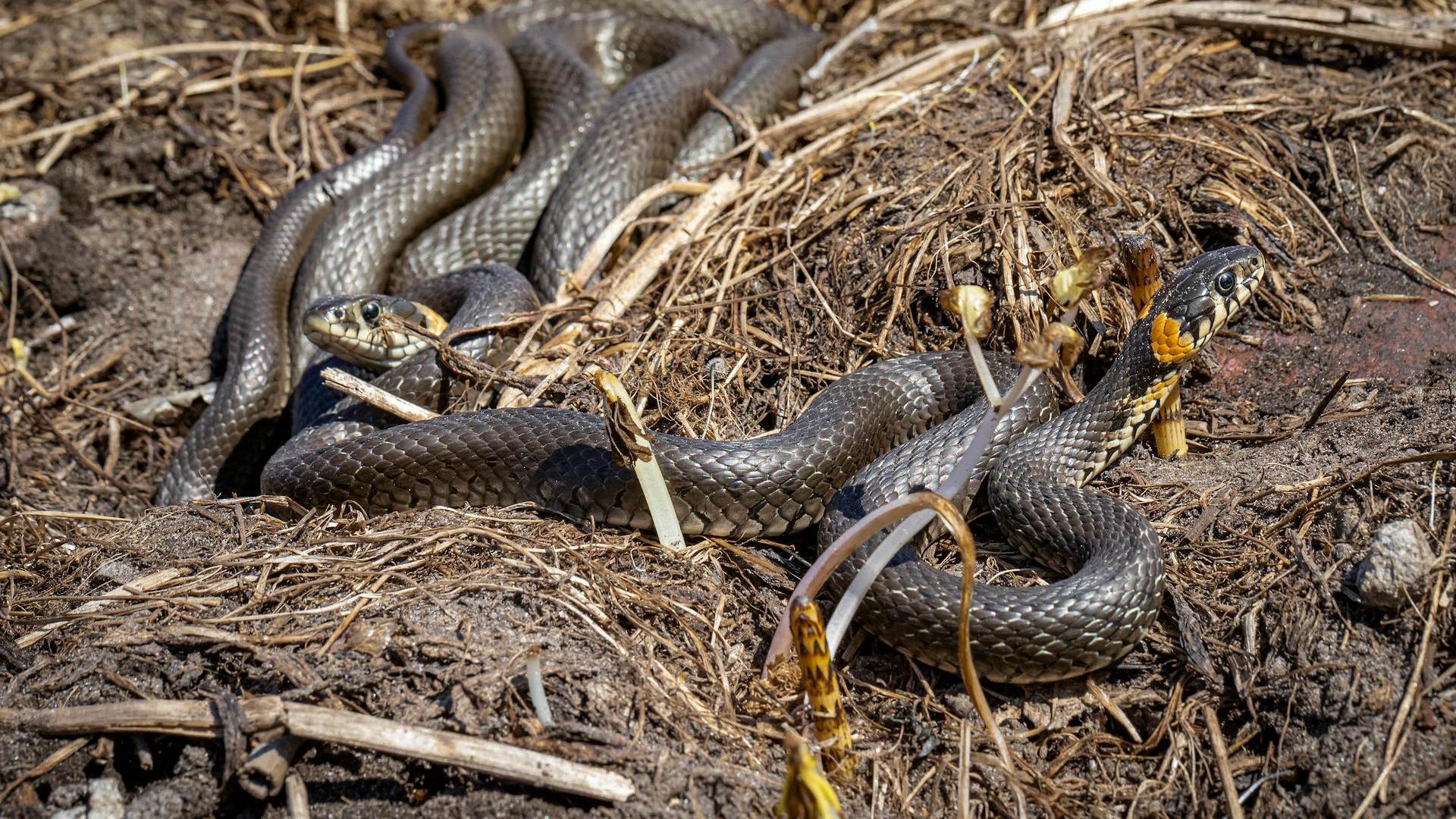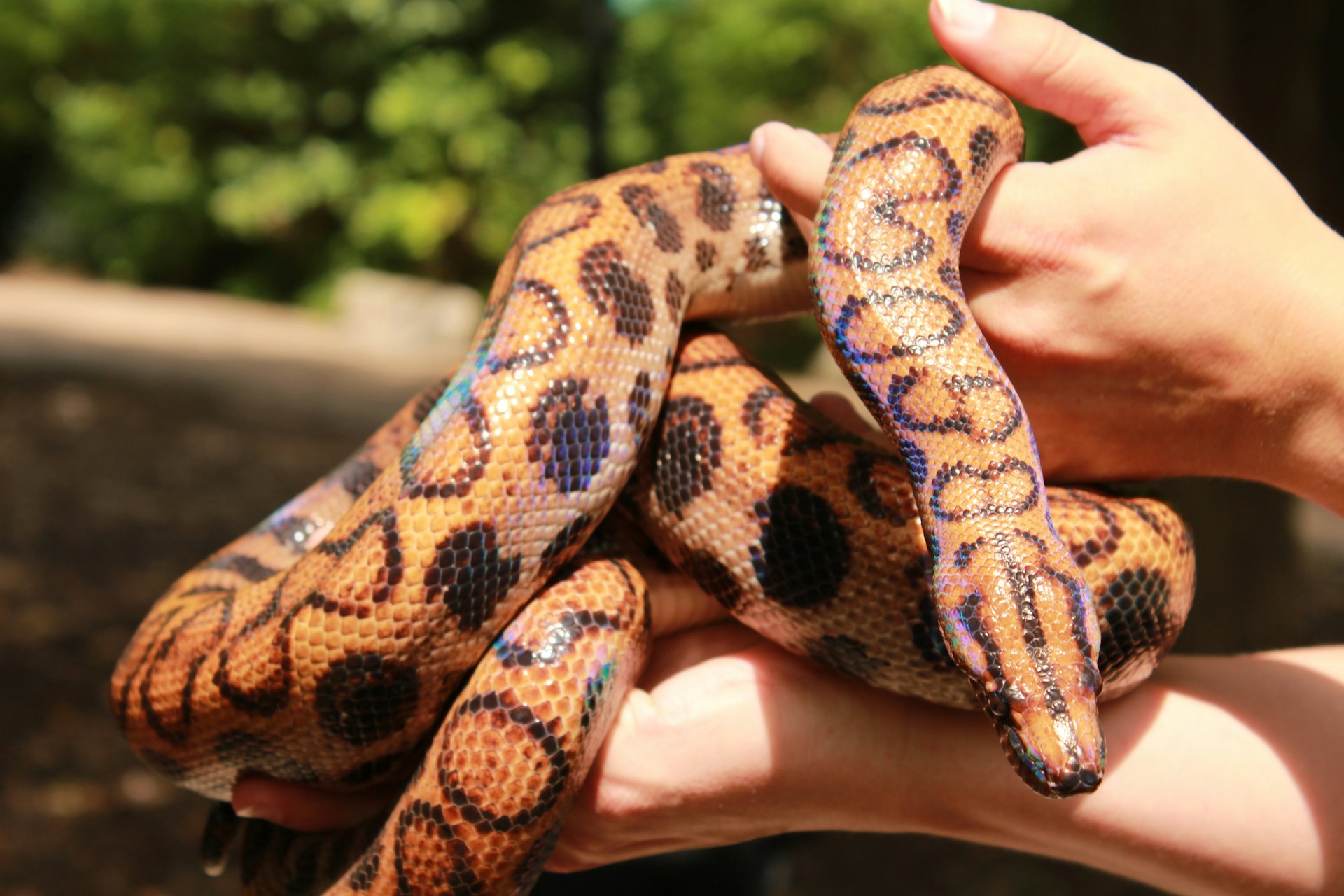Creating a bioactive habitat for your non-venomous snake represents the pinnacle of natural terrarium design, offering both aesthetic beauty and significant health benefits for your reptilian companion. Unlike traditional enclosures that require frequent deep cleaning, bioactive setups establish a self-sustaining mini-ecosystem where beneficial microorganisms, isopods, springtails, and live plants work together to break down waste and maintain balance. This approach not only reduces maintenance but also provides your snake with an enriching environment that closely mimics its natural habitat, encouraging natural behaviors and potentially reducing stress. Whether you’re new to snake keeping or a seasoned enthusiast looking to upgrade your husbandry practices, creating a bioactive habitat is a rewarding project that benefits both you and your serpentine friend.
Understanding the Bioactive Concept
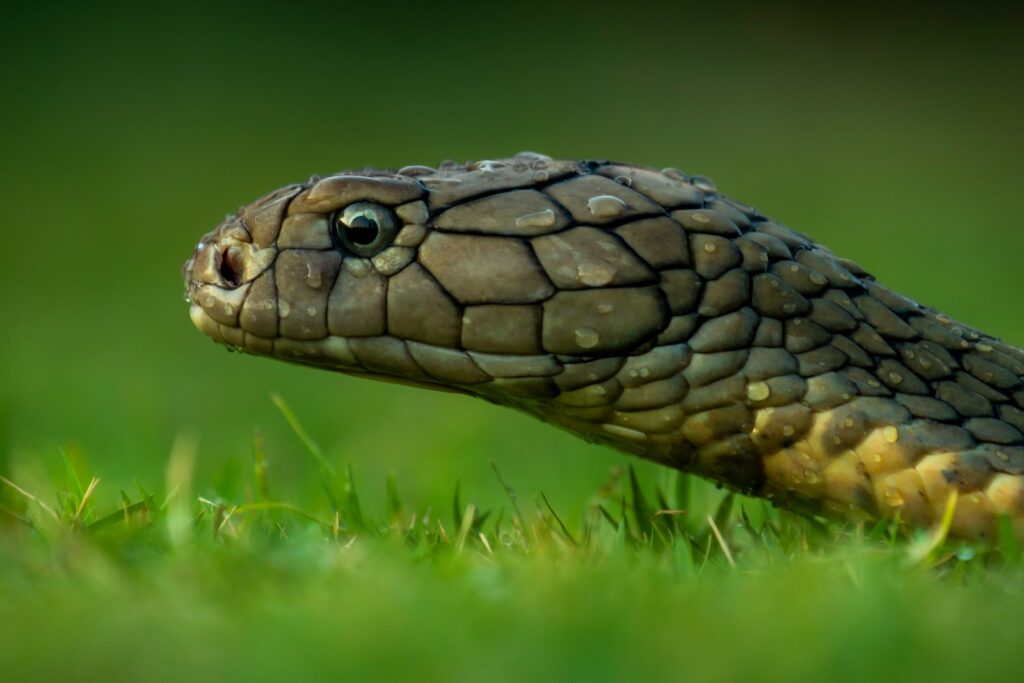
A bioactive enclosure functions as a miniature ecosystem where various organisms work together to create a balanced environment. At its core, the system relies on a cleanup crew of detritivores—typically isopods and springtails—that consume waste materials, fungi, and decaying matter, effectively processing your snake’s waste and shedding. The substrate layer houses beneficial bacteria and fungi that further break down organic material into nutrients that plants can use. Live plants then utilize these nutrients while helping maintain humidity levels and providing natural hiding spots for your snake. This closed-loop system mimics natural processes found in the wild, creating a more sustainable habitat that requires less frequent cleaning and substrate replacement while providing a more naturalistic environment for your reptile.
Researching Your Snake’s Natural Habitat
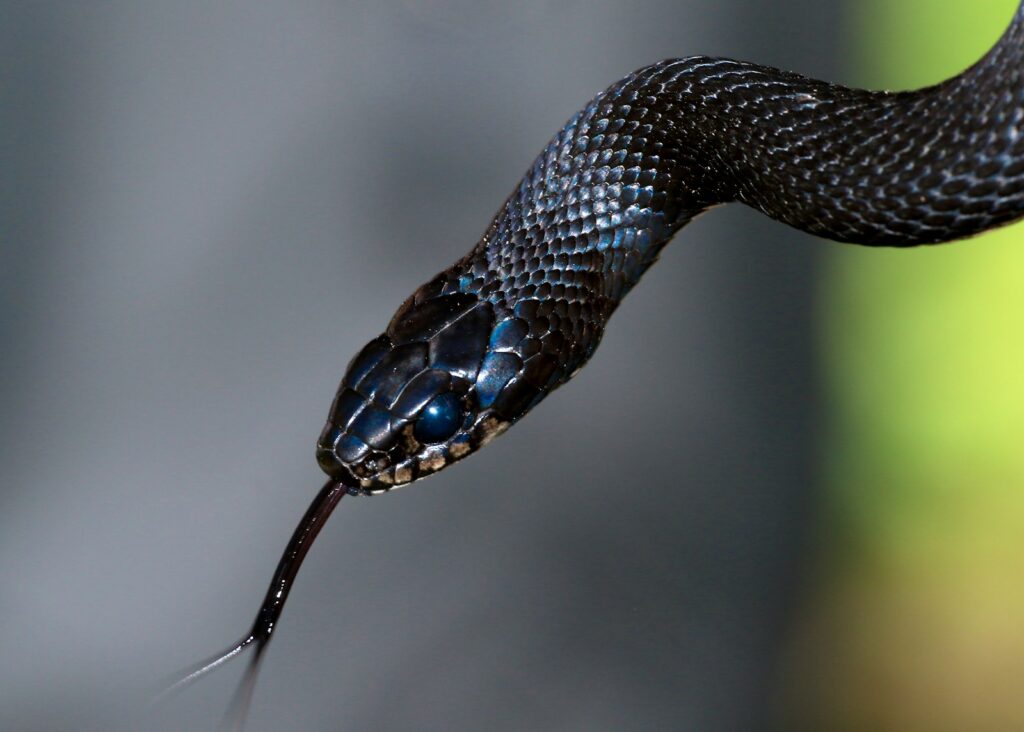
Before designing your bioactive setup, thoroughly research your specific snake species’ natural environment to create a habitat that accurately reflects their wild counterparts’ living conditions. Consider factors such as the geographic region, typical vegetation, humidity levels, temperature gradients, and substrate types found in their native range. For example, ball pythons originate from grasslands and open forests in West and Central Africa, requiring different plants and setup compared to corn snakes native to the southeastern United States. Understanding whether your snake is primarily terrestrial, arboreal, or semi-arboreal will dictate how you structure climbing opportunities and floor space. This research phase is crucial as it informs every subsequent decision in your setup process, from enclosure size to plant selection, ensuring your bioactive habitat meets your snake’s specific environmental needs.
Selecting the Right Enclosure
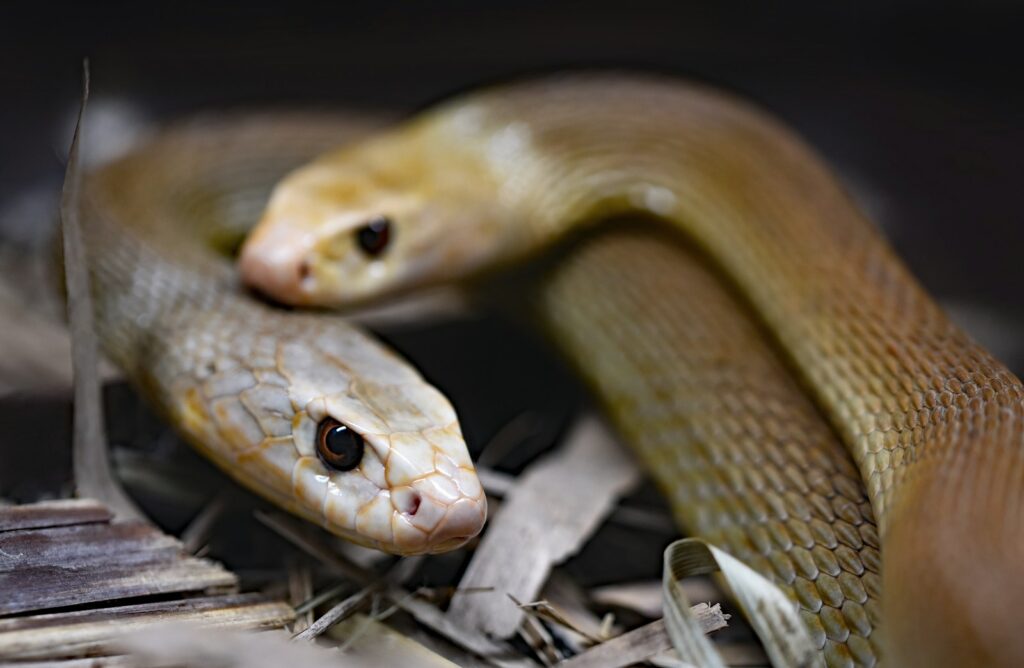
Choosing an appropriate enclosure forms the foundation of your bioactive habitat and requires careful consideration of several factors. Glass terrariums with front-opening doors typically work well for bioactive setups, as they provide excellent visibility while maintaining humidity levels better than screen-topped alternatives. Ensure the enclosure size is appropriate for your snake species—generally offering enough length for your snake to fully stretch out, with adequate width and height for movement and exploration. For most non-venomous snakes, a minimum 40-gallon breeder tank works for juveniles, while adults may require 75 gallons or larger depending on the species. The enclosure should feature secure ventilation that allows airflow without sacrificing humidity, and a tight-fitting lid to prevent escapes, as snakes are notorious escape artists. Consider PVC enclosures as a premium alternative, as they offer superior insulation and humidity retention compared to glass terrariums.
Creating the Drainage Layer
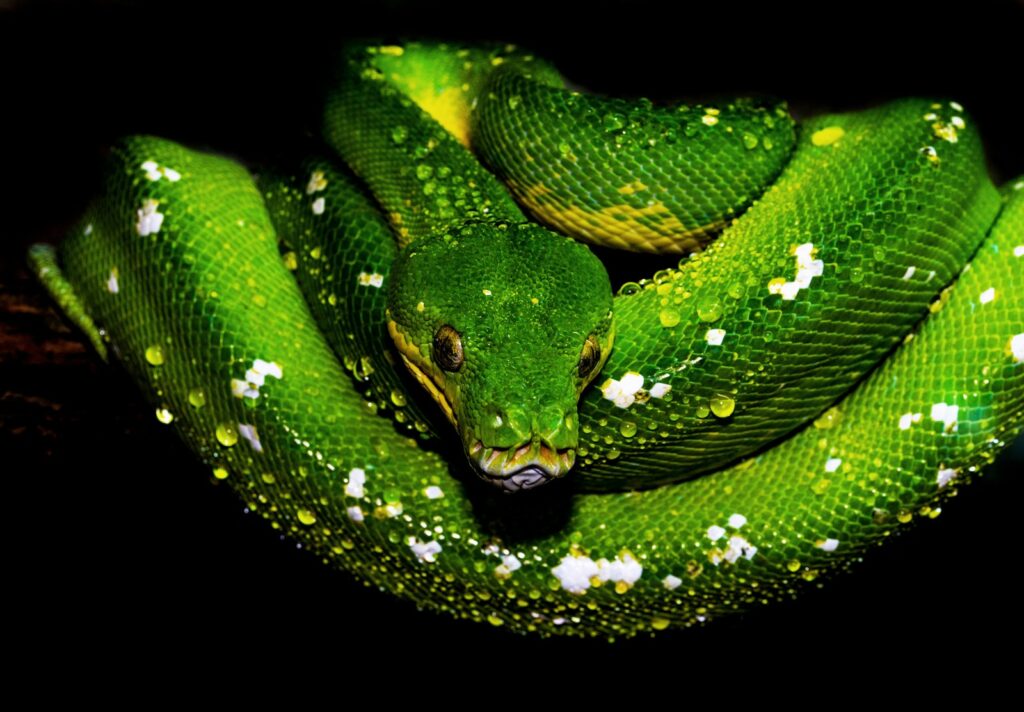
The drainage layer serves as the foundation of your bioactive system, preventing water saturation in the substrate that could lead to root rot in plants and unhealthy conditions for your snake. Begin by placing a 1-2 inch layer of drainage material at the bottom of the enclosure—lightweight expanded clay aggregate (LECA), hydroballs, or even clean gravel can serve this purpose effectively. Cover this drainage media with landscape fabric or screen mesh, which allows water to pass through while preventing the substrate from mixing with the drainage layer. This separation is crucial as it creates a reservoir for excess water while keeping the substrate at an appropriate moisture level. For particularly moisture-loving species or heavily planted setups, consider installing a small drainage bulkhead and valve system that allows you to remove excess water without dismantling the habitat, though this optional step requires drilling your enclosure.
Developing the Substrate Mix
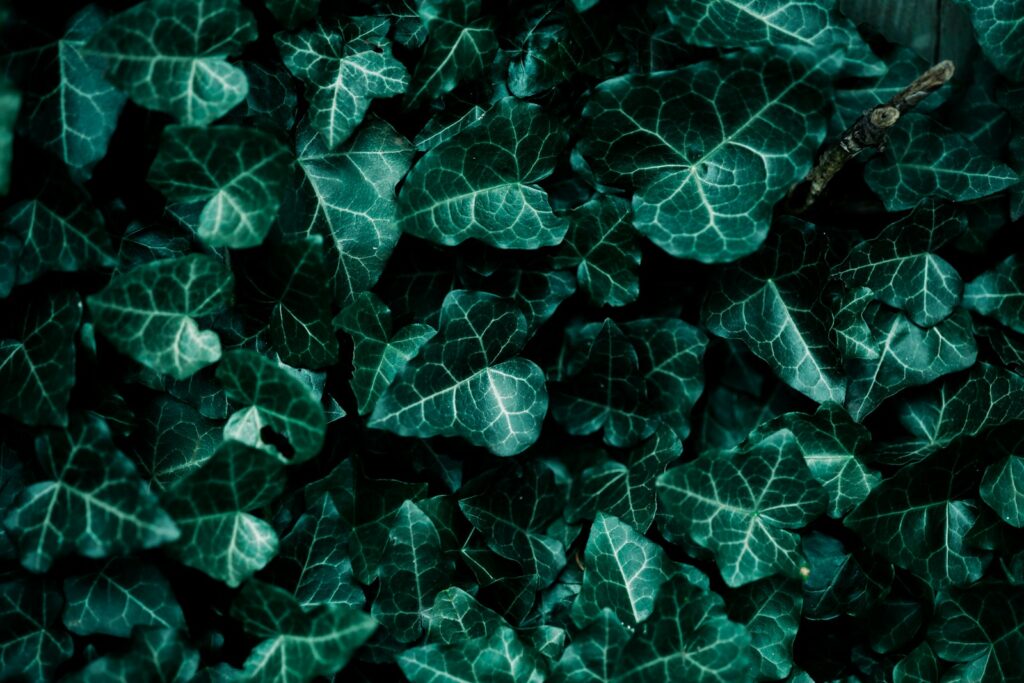
The substrate forms the biological heart of your bioactive system and requires a carefully balanced mix of components to support both plant life and cleanup crews. A effective base mixture typically consists of 40% organic topsoil (free of fertilizers and pesticides), 30% play sand, 20% orchid bark or forest floor bedding, and 10% activated charcoal, providing the necessary structure, moisture retention, and biological activity. For tropical snake species, adding sphagnum moss improves humidity retention, while arid habitat species benefit from additional sand and less organic matter. The substrate depth should be at least 3-4 inches to accommodate plant roots and allow burrowing behavior, with deeper substrate on one side creating a natural gradient. Before adding the substrate to your enclosure, consider baking it at 200°F for about 30 minutes to eliminate any potential parasites or pests, though this will also kill beneficial microorganisms that you’ll need to reintroduce later.
Introducing the Cleanup Crew
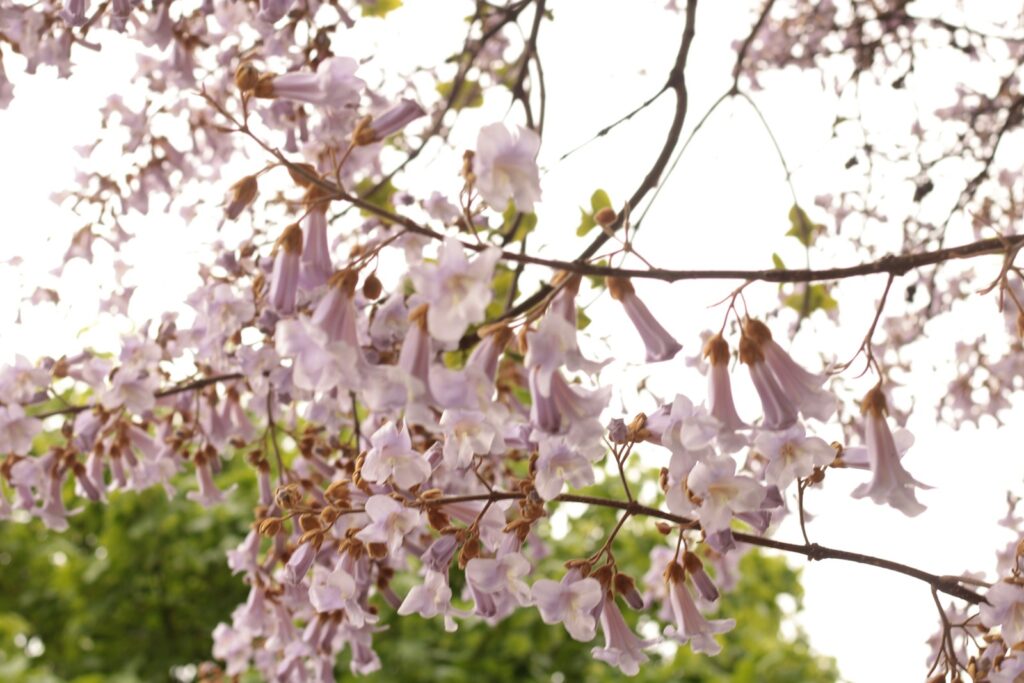
The cleanup crew represents the waste management system of your bioactive habitat, processing organic matter and preventing mold growth. Dwarf white isopods (Trichorhina tomentosa) and powder blue isopods (Porcellionides pruinosus) are excellent choices for most snake enclosures due to their prolific breeding and efficient waste processing capabilities. Springtails, particularly Folsomia candida or tropical species, complement isopods by specializing in mold control and breaking down smaller waste particles. When introducing these invertebrates, start with at least 20-30 isopods and a healthy culture of springtails, allowing them to establish before adding your snake to the enclosure. Create multiple hiding spots throughout the substrate using leaf litter, cork bark, and wood pieces to provide safe zones where your cleanup crew can reproduce undisturbed. Feed your cleanup crew occasionally with small amounts of vegetable scraps, fish flakes, or specialized isopod food to supplement their diet, especially during the initial establishment phase before snake waste becomes available.
Selecting Appropriate Plants
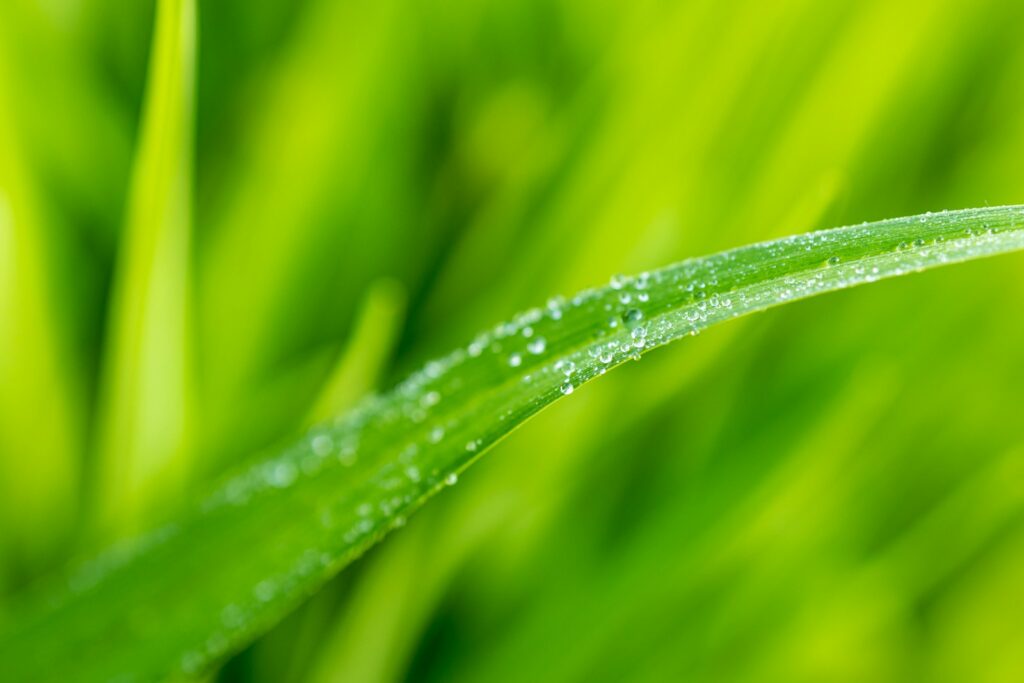
Incorporating live plants transforms your bioactive enclosure into a verdant sanctuary while providing functional benefits such as humidity regulation, waste processing, and creating microhabitats. Select species that match your snake’s natural environment and can tolerate the specific temperature and humidity conditions in your setup. For tropical enclosures, pothos (Epipremnum aureum), snake plants (Sansevieria), bird’s nest ferns (Asplenium nidus), and bromeliads thrive in higher humidity and indirect light. For arid setups, consider drought-tolerant succulents like aloe, haworthia, and certain species of air plants (Tillandsia). Ensure all selected plants are non-toxic to reptiles, as snakes may occasionally mouth or rub against vegetation. When planting, use small starter plants rather than mature specimens, allowing them to adapt and establish within the enclosure’s conditions before they grow larger. Position plants strategically to create visual barriers and hiding spots while leaving open basking areas and pathways for your snake to navigate through its enriched environment.
Installing Proper Lighting and Heating
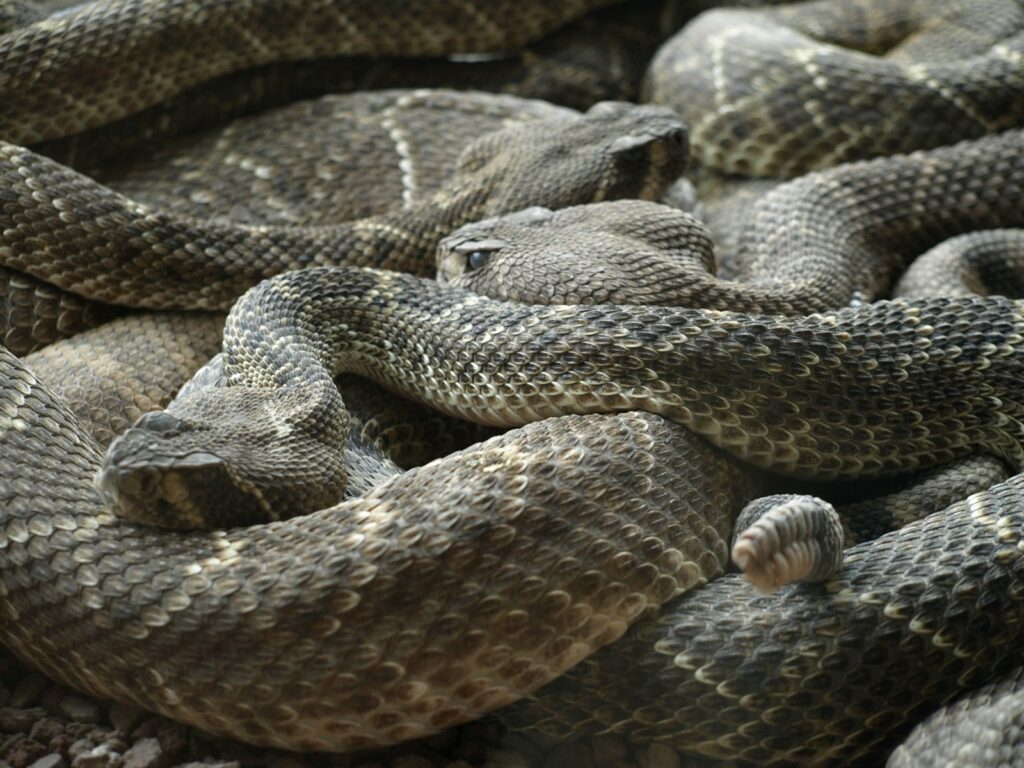
Proper lighting and heating are critical components that support both your snake’s physiological needs and the health of your bioactive system’s plant life. Install a UVB light fixture that spans about two-thirds of the enclosure length, providing the appropriate UVB index for your specific snake species—generally, a 5.0 UVB bulb works well for most non-venomous snakes, offering beneficial UVB exposure without being excessive. Complement this with a full-spectrum LED grow light to promote healthy plant growth, running on a consistent 12-hour day/night cycle to establish natural biological rhythms. For heating, use a combination of ambient heat (ceramic heat emitters or radiant heat panels) and basking spots (halogen flood lamps) to create a proper temperature gradient ranging from the species-appropriate basking temperature (typically 88-95°F depending on species) to a cooler side (75-80°F). Mount all heating elements outside the reach of your snake, and connect them to quality thermostats to prevent dangerous temperature fluctuations that could harm both your snake and the bioactive elements.
Maintaining Proper Humidity Levels
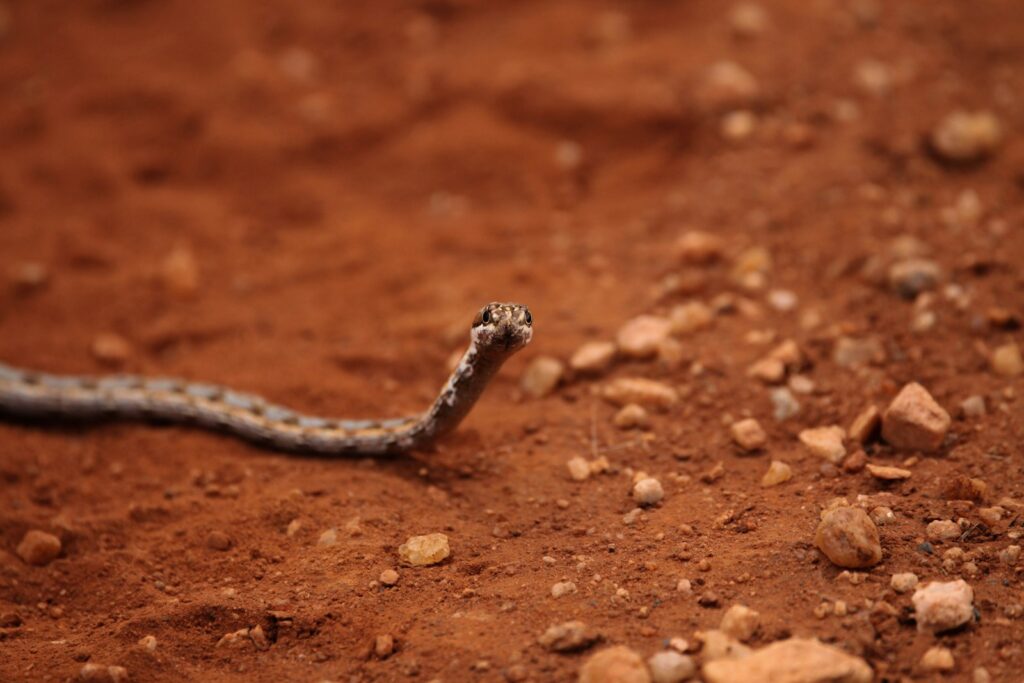
Humidity management is crucial for both your snake’s health and the vitality of your bioactive system’s plants and microfauna. Different snake species require different humidity levels—ball pythons thrive at 50-60%, corn snakes at 40-50%, and species like rainbow boas at 70-80% or higher. Install at least two digital hygrometers at different heights in the enclosure to monitor humidity gradients, as levels typically vary between the substrate and upper regions. The bioactive setup naturally helps maintain humidity through plant transpiration and the moisture-retaining substrate, but you may need supplemental methods such as automated misting systems for high-humidity species or strategic manual misting for moderate needs. Create humidity microclimates by adding sealed hide boxes with damp sphagnum moss where your snake can retreat when seeking higher moisture, particularly during shedding periods. If consistently struggling with low humidity, consider partially covering ventilation areas or adding a small reptile-safe water feature, while excessive humidity might require additional ventilation or adjusting your misting schedule.
Adding Natural Décor and Enrichment
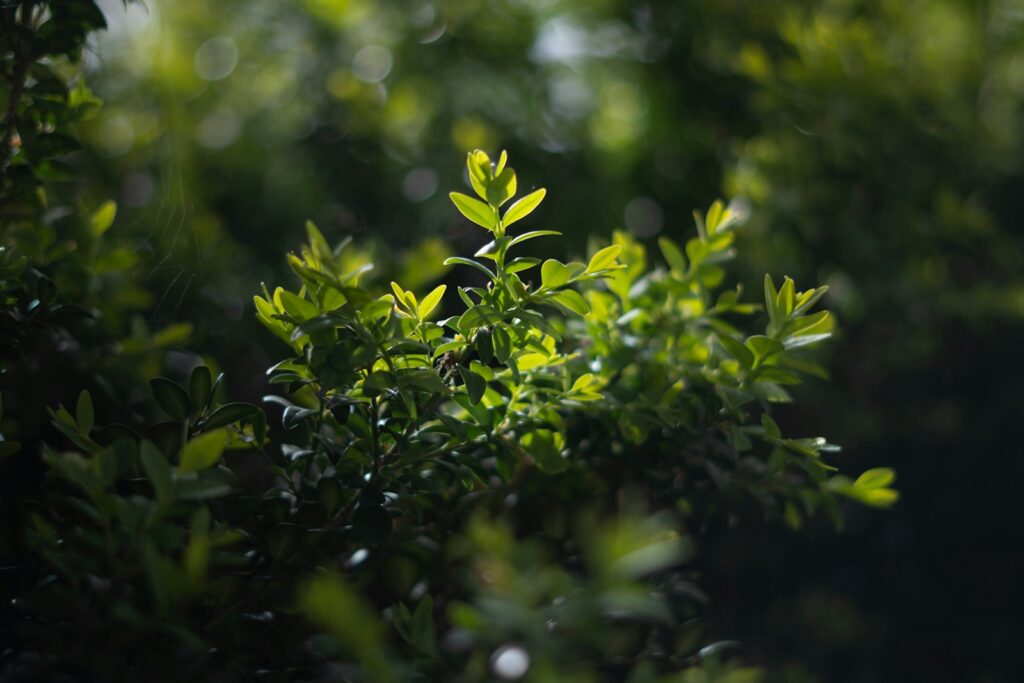
Natural décor elements transform your bioactive enclosure from a simple habitat into an engaging, stimulating environment that encourages natural snake behaviors. Cork bark rounds and flats provide excellent hiding spots and climbing opportunities, while simultaneously offering shelter for your cleanup crew. Add a variety of branches and driftwood to create climbing structures for semi-arboreal species or interesting pathways for terrestrial snakes, ensuring all items are securely positioned to prevent collapse. Scatter leaf litter (oak, magnolia, or sea grape leaves work well) across the substrate surface to provide additional microhabitats for cleanup crews and create a more natural aesthetic. Stone features like slate or river rocks add visual interest and serve as heat conductors when placed under basking spots, helping your snake thermoregulate effectively. Regularly rearrange some décor elements every few months to provide fresh stimulation and exploration opportunities while maintaining certain consistent landmarks that serve as security anchors for your snake.
Creating Proper Hides and Security
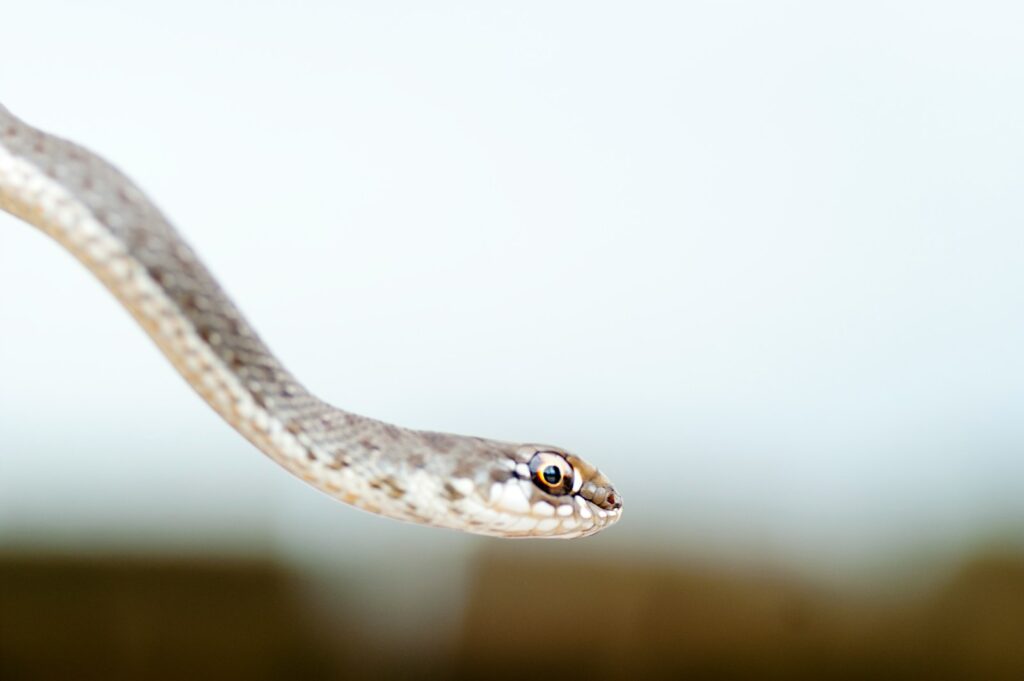
Providing adequate hiding spots is essential for your snake’s psychological well-being, as secure retreats allow them to feel protected and reduce stress in their environment. Install at least three hides of appropriate size—where your snake can fit snugly but not be cramped—with one on the warm side, one on the cool side, and one in the middle gradient zone, allowing proper thermoregulation without sacrificing security. Beyond commercial hide boxes, natural options like cork hollows, half-buried clay pots, and dense plant groupings offer more aesthetically pleasing alternatives that integrate seamlessly with the bioactive design. Create varying hide types with different humidity levels—dry hides in elevated positions and damper retreats at substrate level—giving your snake options based on its needs during different phases such as digestion, shedding, or normal rest periods. For particularly shy species, incorporate visual barriers using plants or décor that break up sight lines across the enclosure, allowing your snake to move between areas while feeling protected from potential predators.
Water Features and Hydration
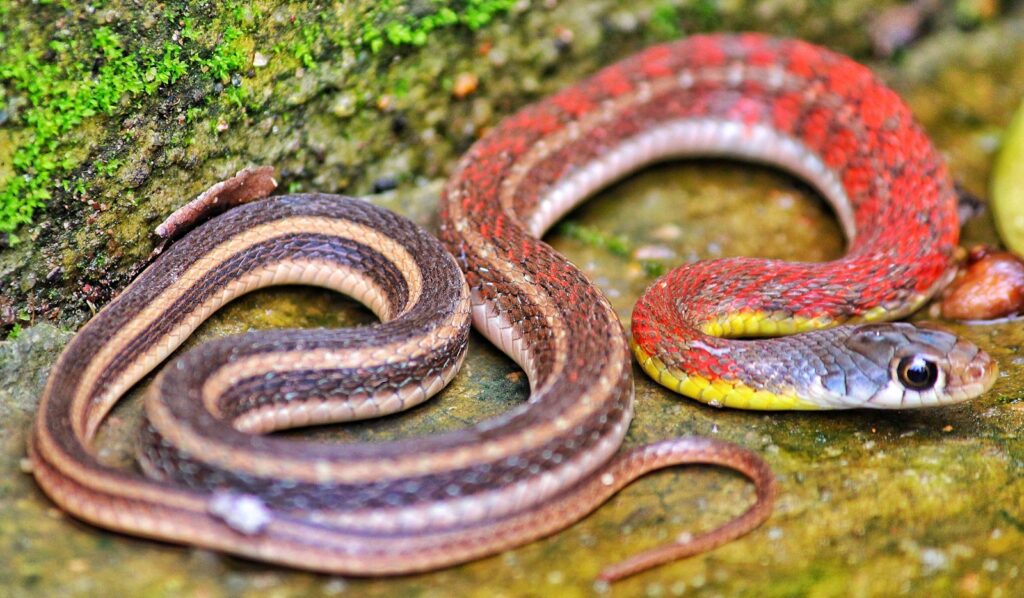
Water access is vital for your snake’s hydration needs and contributes to the overall humidity of your bioactive environment. Install a water bowl large enough for your snake to soak in completely, particularly important during shedding periods when increased hydration helps facilitate the process. Position the bowl in an accessible location away from the primary basking spot to prevent rapid evaporation, and secure it firmly to prevent tipping during your snake’s movements. For a more naturalistic approach, consider creating a small recessed water feature using aquarium-safe silicone to seal a depression in the substrate, lined with EPDM pond liner and surrounded by rocks for a stream or pool effect. Regardless of design, clean and refill the water source regularly, as snakes often defecate in water and bioactive elements won’t process waste in standing water. For larger enclosures housing species from humid environments, a small ultra-sonic fogger or dripper system can create dynamic water features that enhance both the aesthetic appeal and functional aspects of your bioactive habitat.
Acclimation and Maintenance
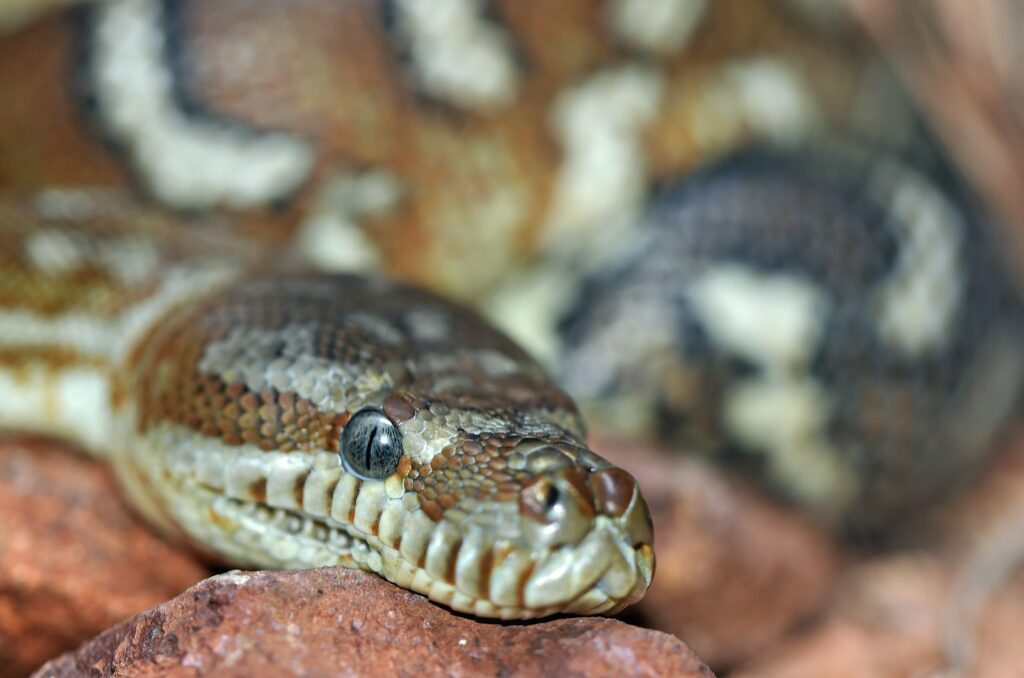
After setting up your bioactive habitat, allow the system to establish for at least 2-4 weeks before introducing your snake, giving plants time to root and the cleanup crew opportunity to colonize the substrate. During this establishment period, maintain proper lighting cycles, temperature gradients, and humidity levels as if your snake were already present, allowing all biological elements to adapt to their permanent conditions. Once your snake is introduced, monitor the habitat closely for the first few months, observing how the bioactive elements respond to waste introduction and making adjustments as necessary. Perform light maintenance by removing any large waste pieces that might overwhelm your cleanup crew initially, trimming plants as they grow, and occasionally supplementing your isopod and springtail populations if they seem to decline. The beauty of a well-established bioactive system is its self-sustainability—over time, you’ll find that substrate changes become unnecessary and cleaning is limited to occasional spot-cleaning and water bowl maintenance, allowing you to enjoy your snake in its naturalistic environment with minimal disruption.
Troubleshooting Common Issues
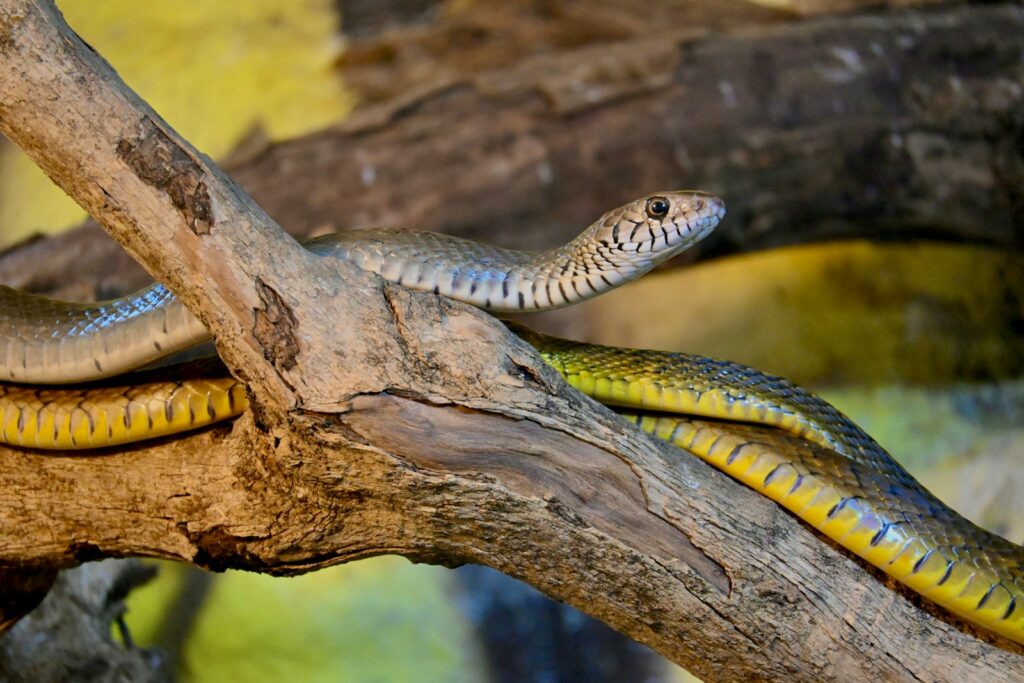
Even well-planned bioactive habitats can encounter challenges that require troubleshooting and adjustments. If you notice declining plant health, assess lighting intensity and duration, as insufficient light is the most common cause of plant failure in terrariums; additionally, check that plants aren’t being crushed by your snake’s movement, which might require repositioning or selecting hardier species. For cleanup crew population crashes, examine whether the environment has become too dry for isopods and springtails, or whether your snake’s waste production exceeds what your current population can process, requiring supplemental feeding of the cleanup crew or population boosting. Mold outbreaks typically indicate either excessive moisture without adequate ventilation or insufficient cleanup crew activity; address by temporarily increasing air circulation and adding more springtails specifically targeted at mold control. If your snake shows signs of stress such as refusal to eat, excessive hiding, or restless movement, evaluate whether the bioactive environment provides adequate security through proper hide placement and visual barriers, and consider temporarily simplifying the habitat until your snake acclimates to its new surroundings.
Conclusion
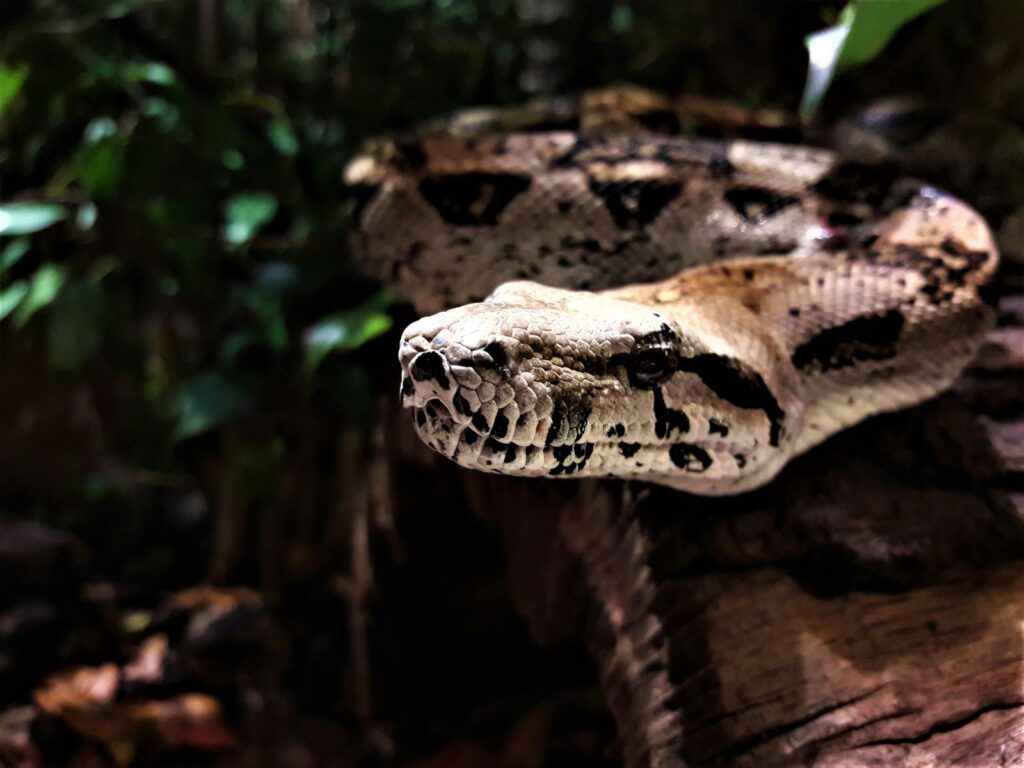
Creating a bioactive habitat for your non-venomous snake represents not just an upgrade in husbandry but a philosophical shift toward more naturalistic and sustainable reptile keeping. By establishing this miniature ecosystem, you’ve provided your snake with an environment that stimulates natural behaviors, reduces stress, and maintains itself through biological processes that have evolved over millions of years. While the initial setup requires more investment in time and resources than traditional enclosures, the long-term benefits—reduced maintenance, improved air quality, natural humidity regulation, and the sheer beauty of a living terrarium—make it well worth the effort. As you observe your snake exploring its new environment, utilizing different microhabitats, and thriving among the plants and natural elements, you’ll gain a deeper appreciation for the complex relationship between these remarkable reptiles and the environments they’ve adapted to inhabit.



